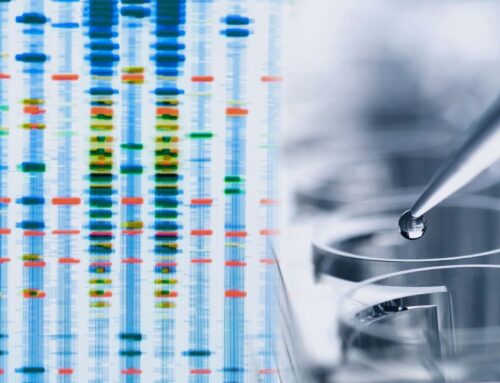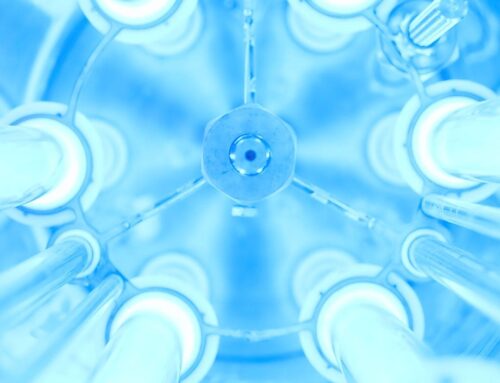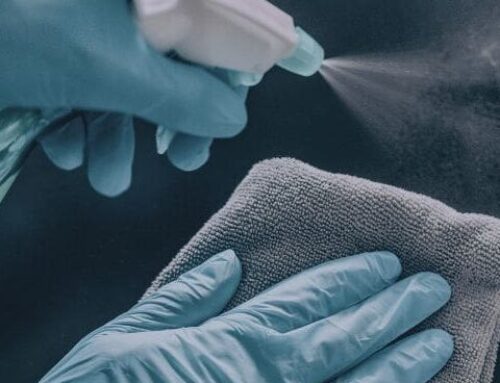In February, the United States Food and Drug Administration (FDA) hosted a conference to discuss the impact of biofilms and develop future perspectives. Antimicrobial Test Laboratories was at the meeting as a series of expert microbiologists, surgeons, regulators and medical device manufacturers gave presentations concerning biofilms and emerging anti-biofilm technologies.

Biofilms occur in wet environments, when microorganisms latch onto surfaces using excreted adhesive substances, then grow over the surface in layers, producing a slime that protects them from antibiotics and biocides. Biofilms are normally polymicrobial, consisting of several species of bacteria. Yeasts and unicellular parasites can also be found in biofilms.
In practice, biofilms are exceedingly difficult to control. They cause an alarming number of infections associated with indwelling medical devices. Implant failures lead to extra medical procedures, costing hundreds of millions of dollars each year.
FDA has not yet given guidance on medical device testing as it relates to biofilm control, but several industry-developed methods are available that may be suitable for research and development purposes.




